
Distributed ledger technology (DLT) has been revolutionizing various sectors, including finance, healthcare, and supply chain management. One of the key aspects of DLT that has garnered significant attention is the power of soft forks. Soft forks are a fundamental component of blockchain technology, enabling the seamless upgrading and evolution of blockchain networks. In this article, we will delve into the world of soft forks, exploring their historical significance, practical applications, and potential implications for the future.
A Historical Overview of Soft Forks in Context with DLT
Soft forks have been an integral part of the blockchain ecosystem since its inception. Originating from the Bitcoin network, soft forks have played a pivotal role in protocol upgrades and the introduction of new features. Soft forks involve making changes to the consensus rules of a blockchain network without breaking compatibility with older versions of the software. This means that blockchain participants who have not upgraded to the latest version can still participate in the network.
A milestone moment in the history of soft forks came with the activation of BIP9 (Bitcoin Improvement Proposal 9) in 2016. BIP9 introduced the concept of version bits, allowing the implementation of soft forks through Miner Activated Soft Forks (MASF). This mechanism enabled miners to signal their acceptance of a soft fork by embedding a specific code in the blocks they mined, gradually activating the upgrade across the network.
Advantages and Disadvantages of Soft Forks
Soft forks offer several advantages in the world of DLT. Firstly, they allow for a more efficient and effective upgrade process. Unlike hard forks, which require a complete network split and potential disruption, soft forks seamlessly introduce new features or fixes to a blockchain without causing divisions among participants. This eliminates the need for migration to a new network and ensures a more streamlined upgrade process.
Furthermore, soft forks enhance network security by preserving the consensus mechanism. Since soft forks maintain backward compatibility, they can eliminate vulnerabilities or address security issues in older versions of the blockchain software. This provides a reliable mechanism for ensuring the continued integrity and resilience of blockchain networks.
However, soft forks also present some challenges. The main disadvantage is the limitation on the changes that can be made through a soft fork. Due to compatibility requirements, the modifications introduced through a soft fork must be within the scope of the existing consensus rules. This can restrict the range of upgrades that can be implemented, potentially hindering the introduction of more substantial changes or improvements.
Practical Applications and Real-World Examples
The power of soft forks can be witnessed across various sectors utilizing DLT. In the finance industry, soft forks have enabled the implementation of scalability solutions, such as the Lightning Network. By facilitating off-chain transactions, the Lightning Network has greatly enhanced the throughput and speed of blockchain-based payments, revolutionizing the way we conduct financial transactions.
Another notable application of soft forks is in the healthcare sector. With the growing demand for secure and accessible health records, soft forks have paved the way for the creation of interoperable electronic health record systems. By enabling seamless upgrades and introducing standardized protocols, soft forks have improved the integrity and privacy of patient data, fostering innovation in healthcare services.
Looking to the future, soft forks hold immense potential for sectors like supply chain management. By enabling upgrades to blockchain networks, soft forks can enhance transparency, traceability, and efficiency in supply chain processes. This can help combat counterfeit products, reduce fraud, and provide consumers with verifiable information about the origin and authenticity of goods.
The Future of Soft Forks and DLT
As DLT continues to evolve, soft forks will play an increasingly significant role in shaping blockchain networks. With advancements in consensus mechanisms and governance models, the power of soft forks will expand, allowing for more extensive upgrades and modifications. This will further enhance the adaptability and scalability of DLT, enabling the technology to address the needs of diverse industries and applications.
Furthermore, research and development in the field of soft forks are paving the way for novel technical advancements. The introduction of more flexible consensus mechanisms, such as proof-of-stake, will provide additional options for network upgradeability. Moreover, innovations in formal verification techniques and sidechain implementations will improve the security and functionality of soft forks, thereby enhancing the trust and reliability of blockchain networks.
Frequently Asked Questions
Q: What is the difference between soft forks and hard forks?
A: Soft forks and hard forks are both methods of upgrading blockchain networks, but they differ in their compatibility requirements. Soft forks maintain backward compatibility, allowing non-upgraded participants to still participate in the network. On the other hand, hard forks create a divergence in the blockchain, requiring all participants to upgrade to the new version to continue participating in the network.
Q: How do soft forks affect transaction history?
A: Soft forks do not impact transaction history. Since they maintain compatibility with previous versions of the blockchain software, transaction history remains intact. The upgrades introduced through soft forks only alter the consensus rules and do not modify past transactions.
Q: Can soft forks be reversed or undone?
A: Soft forks cannot be reversed. Once activated and adopted by the majority of the network participants, the new consensus rules introduced through a soft fork become permanent. However, subsequent soft forks can be implemented to further modify and enhance the blockchain network.
Q: Are all blockchain upgrades carried out through soft forks?
A: No, there are various upgrade mechanisms available for blockchain networks. Soft forks are just one method that allows for seamless upgrades while maintaining backward compatibility. Other upgrade methods, such as hard forks or system-wide updates, can also be used depending on the requirements and goals of the blockchain project.
We hope this article has shed light on the power of soft forks in the world of DLT. By enabling seamless upgrades, preserving compatibility, and fostering innovation, soft forks play a crucial role in the evolution and advancement of blockchain networks. As this technology continues to transform various sectors, it is essential to recognize and embrace the potential of soft forks in shaping the future of distributed ledger technology.
What are your thoughts on the power of soft forks? Share your insights and opinions in the comments below!
More in this category ...
Ripple companions with SBI Group and HashKey DX for XRPL answers in Japan
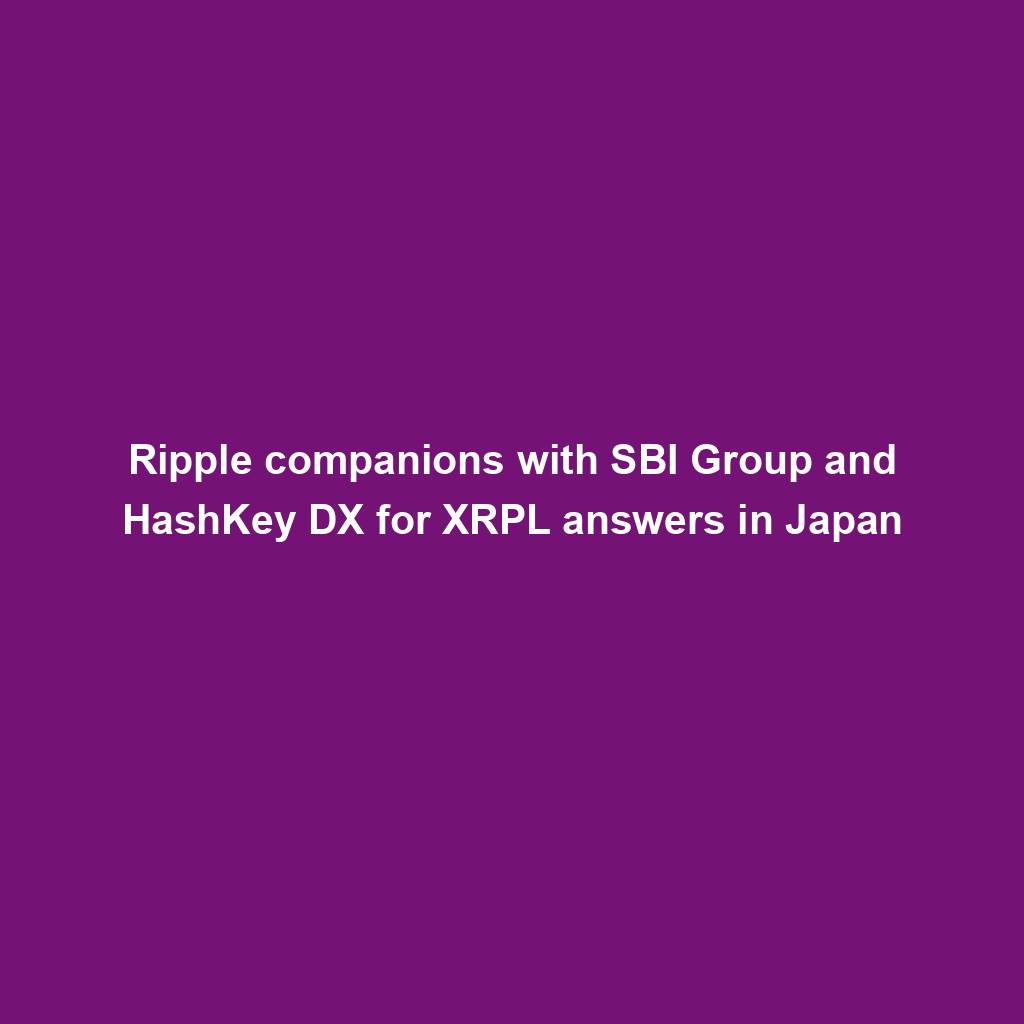
April sees $25M in exploits and scams, marking historic low ― Certik
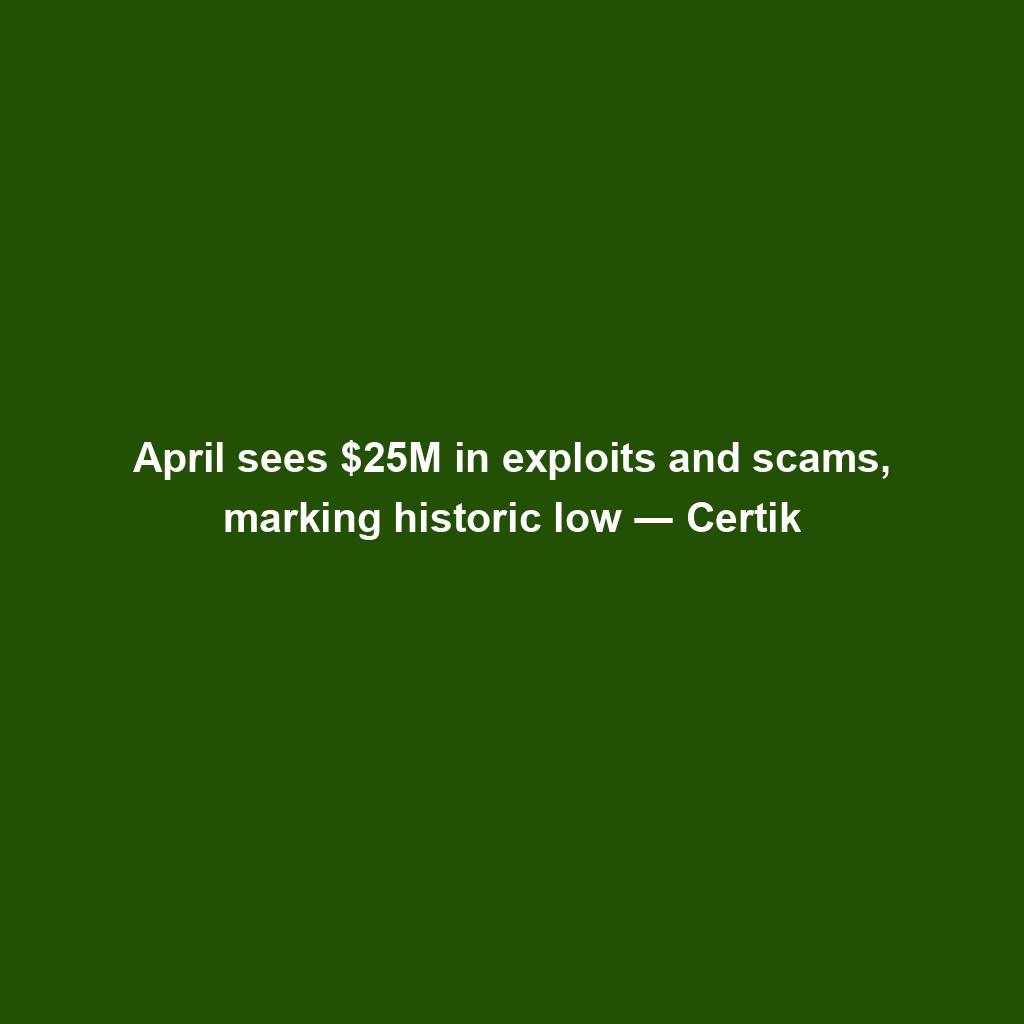
MSTR, COIN, RIOT and different crypto shares down as Bitcoin dips
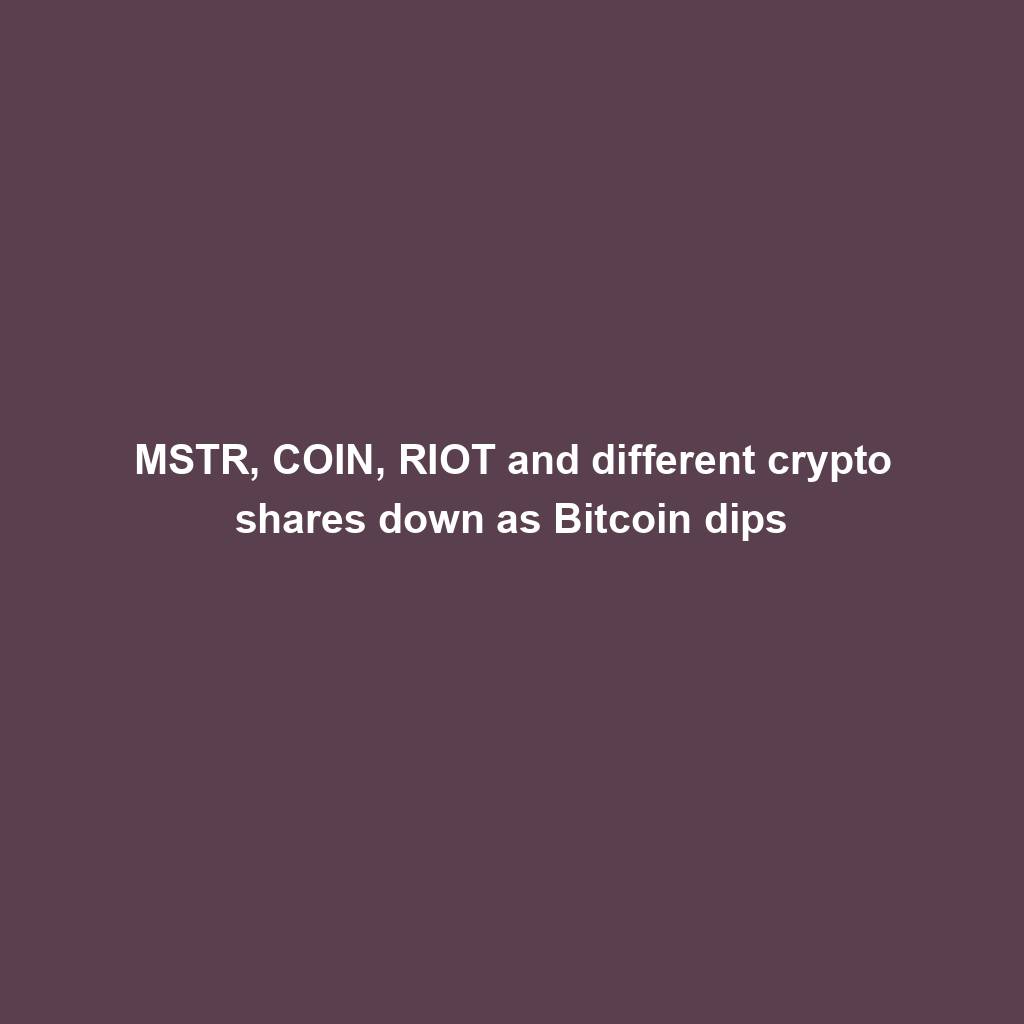
EigenLayer publicizes token release and airdrop for the group
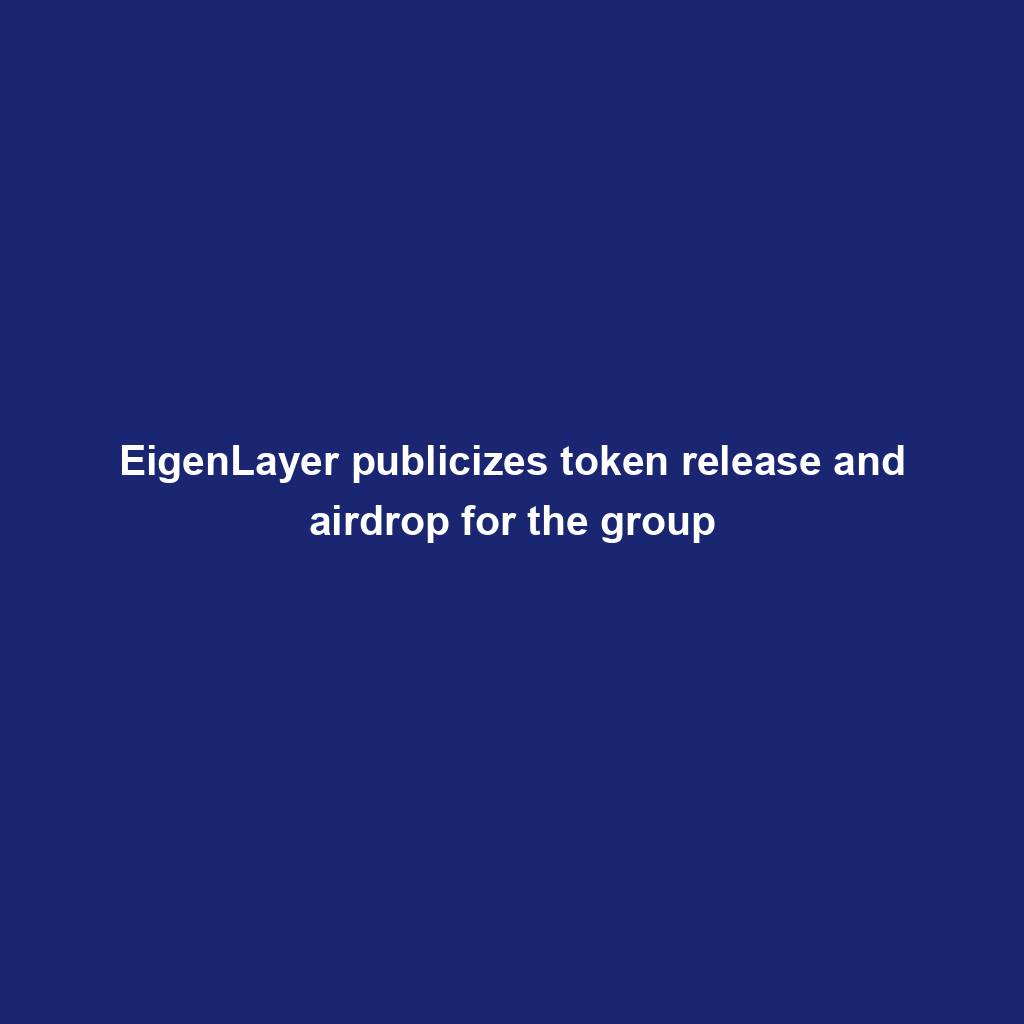
VeloxCon 2024: Innovation in knowledge control

Successful Beta Service release of SOMESING, ‘My Hand-Carry Studio Karaoke App’

Dogwifhat (WIF) large pump on Bybit after record reasons marketplace frenzy
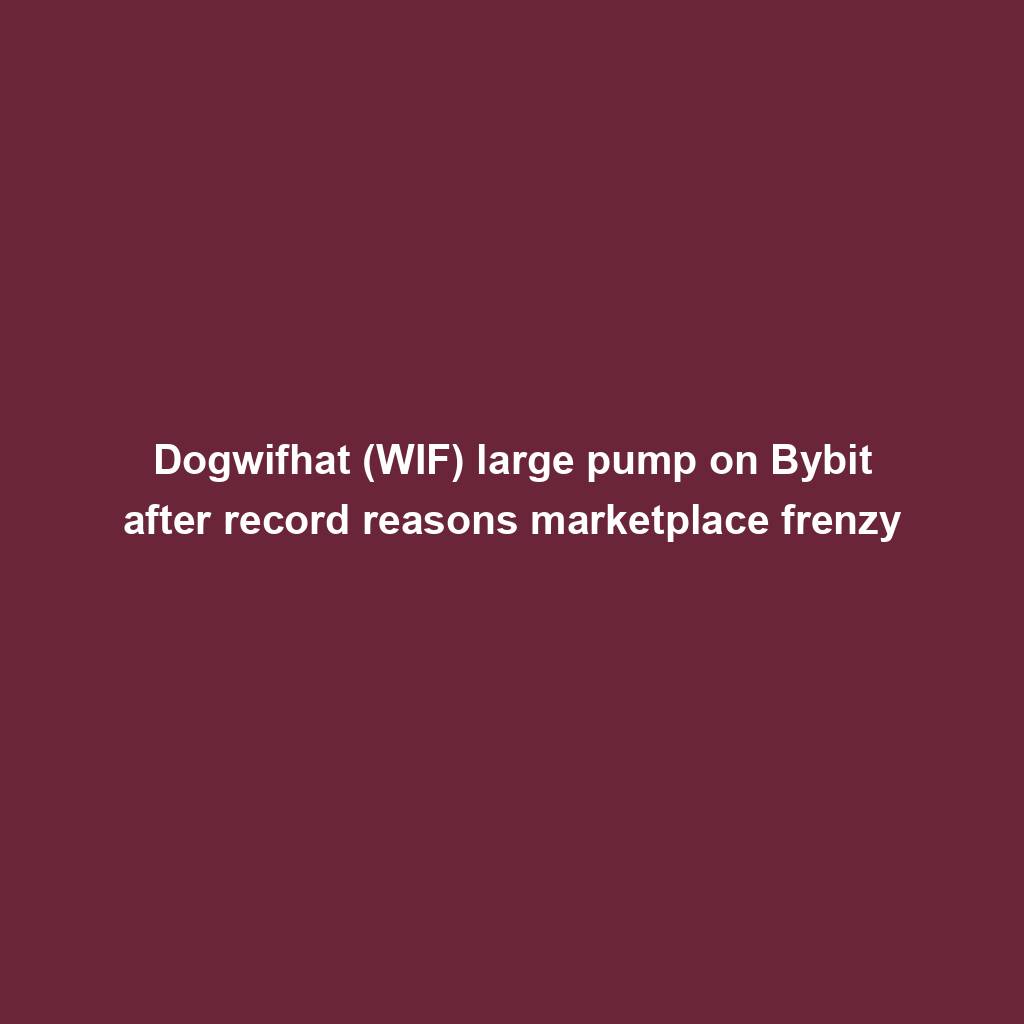
How fintech innovation is riding virtual transformation for communities around the globe
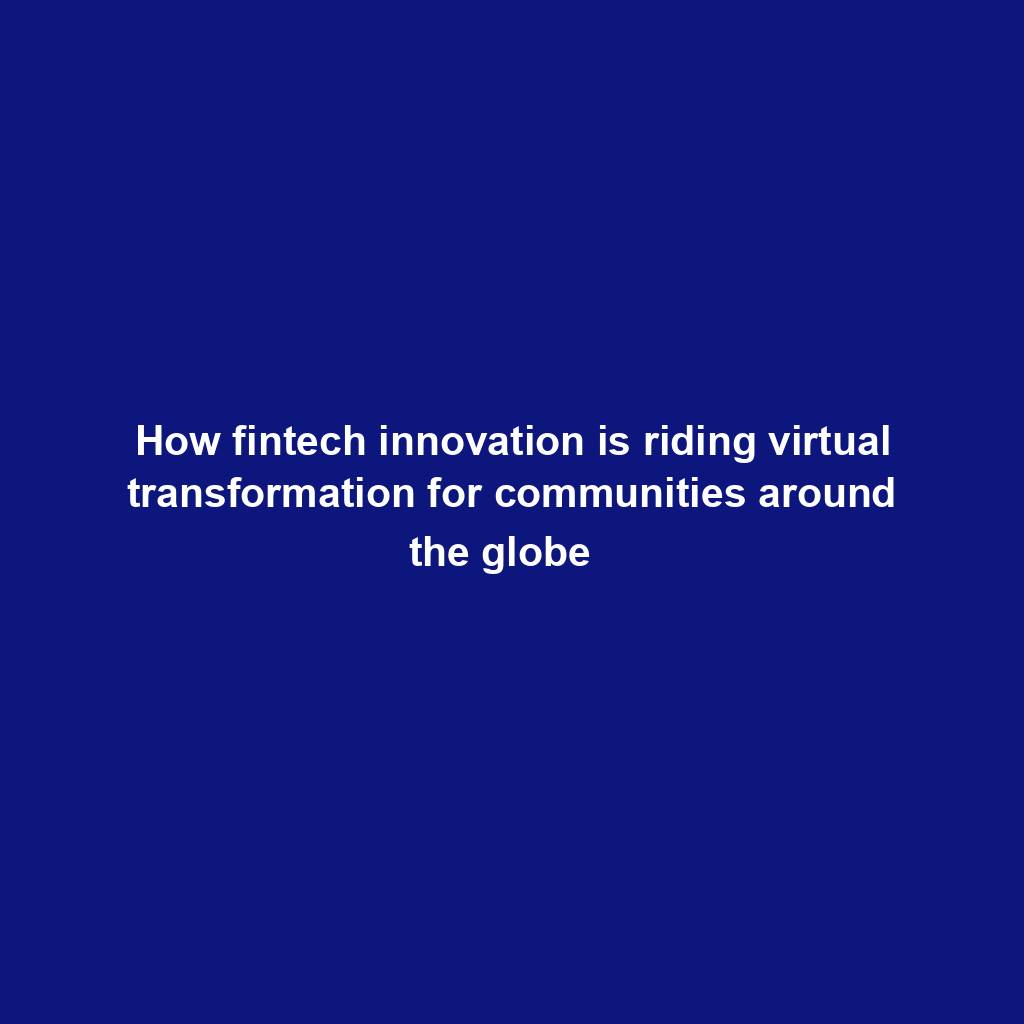
Wasabi Wallet developer bars U.S. customers amidst regulatory considerations
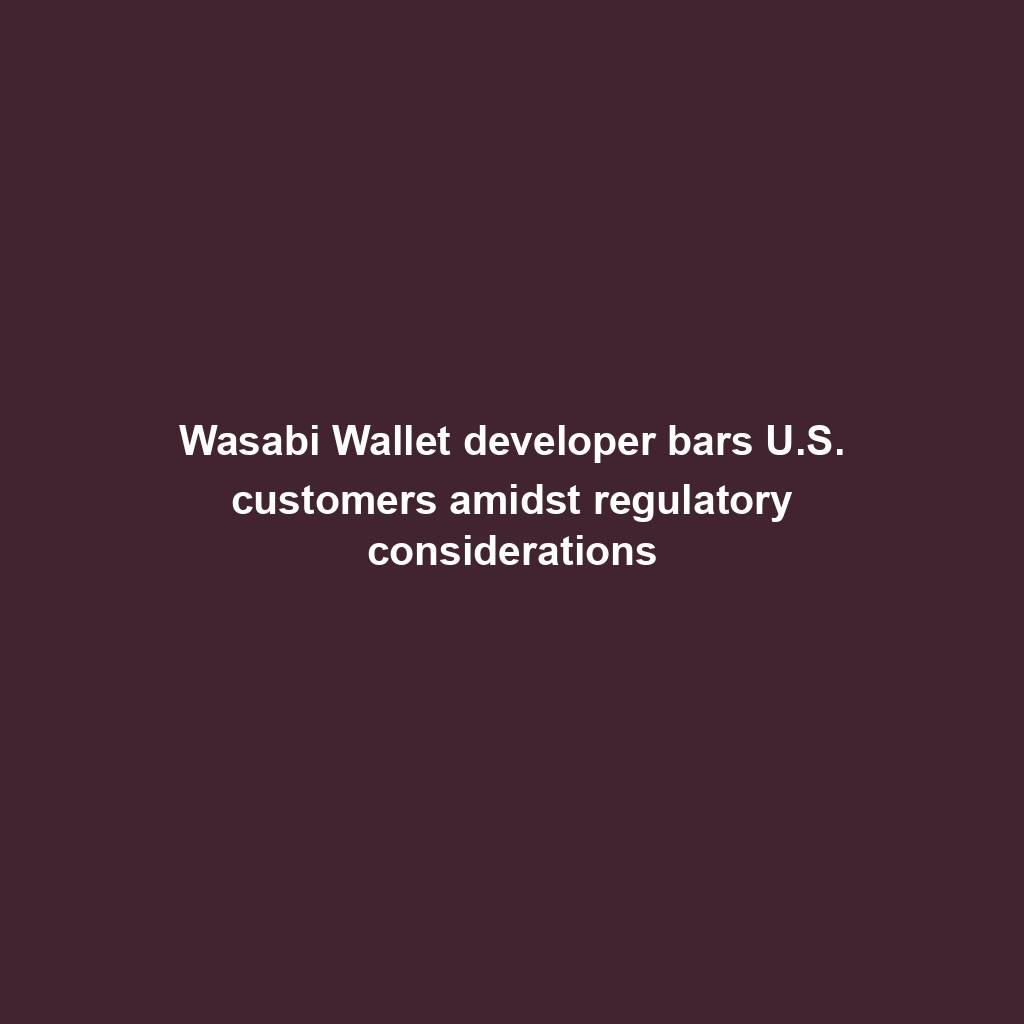
Analyst Foresees Peak In Late 2025
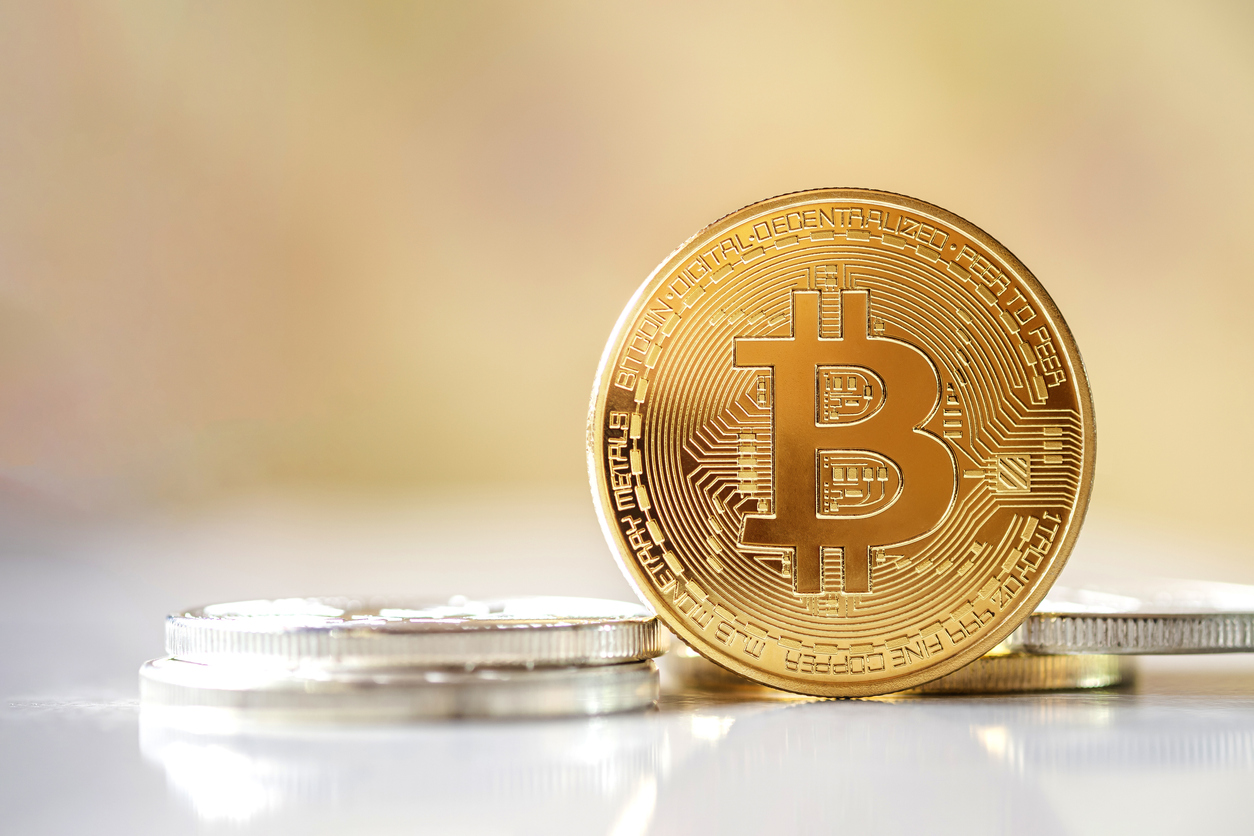
Solo Bitcoin miner wins the three.125 BTC lottery, fixing legitimate block
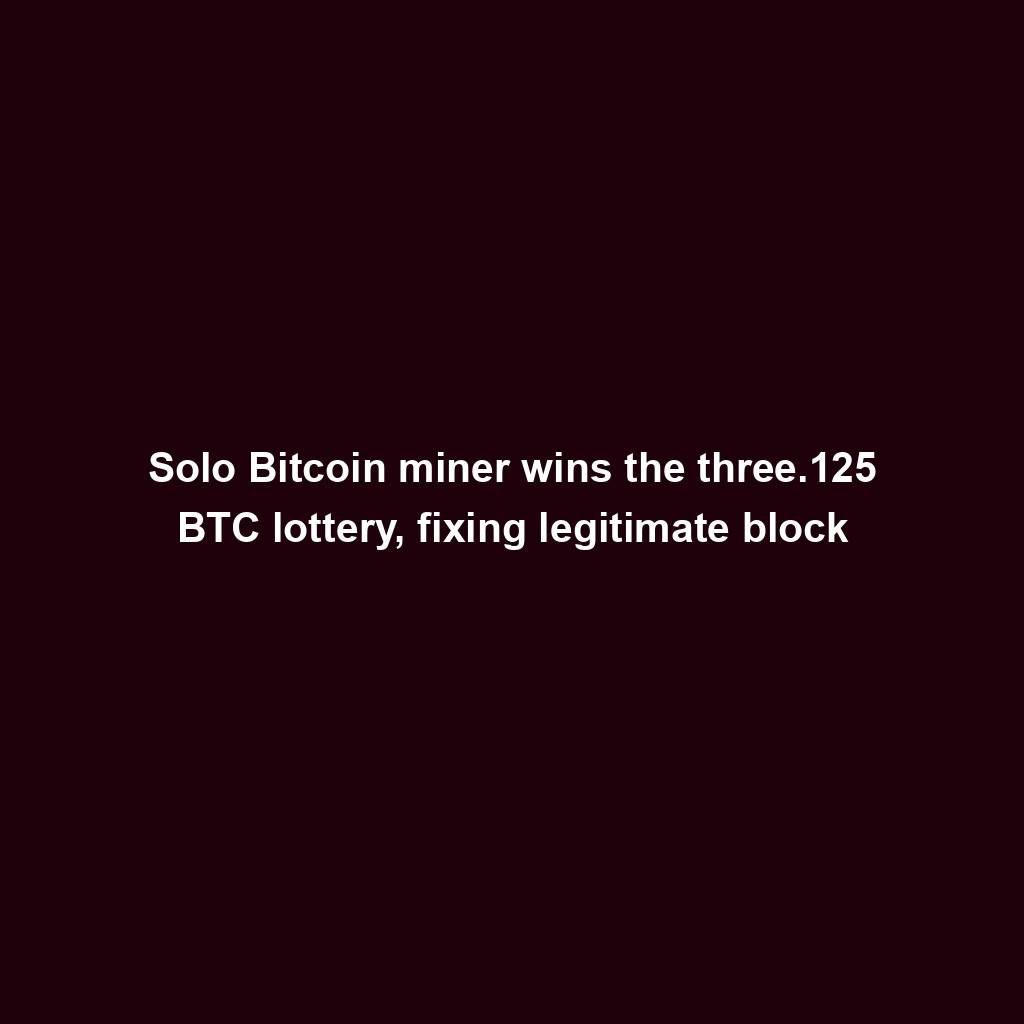
Ace Exchange Suspects Should Get 20-Year Prison Sentences: Prosecutors

Google Cloud's Web3 portal release sparks debate in crypto trade

Bitcoin Primed For $77,000 Surge

Bitbot’s twelfth presale level nears its finish after elevating $2.87 million
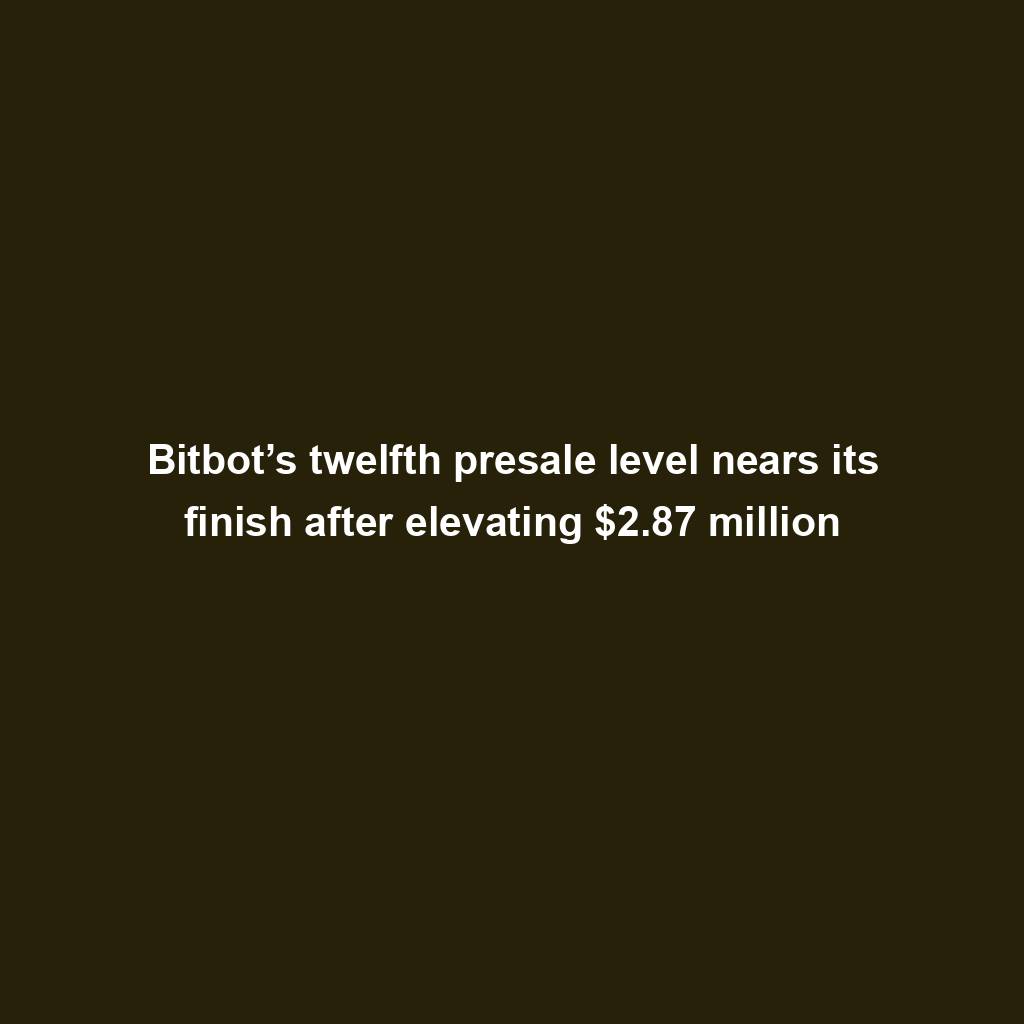
PANDA and MEW bullish momentum cool off: traders shift to new altcoin

Commerce technique: Ecommerce is useless, lengthy are living ecommerce

Republic First Bank closed by way of US regulators — crypto neighborhood reacts
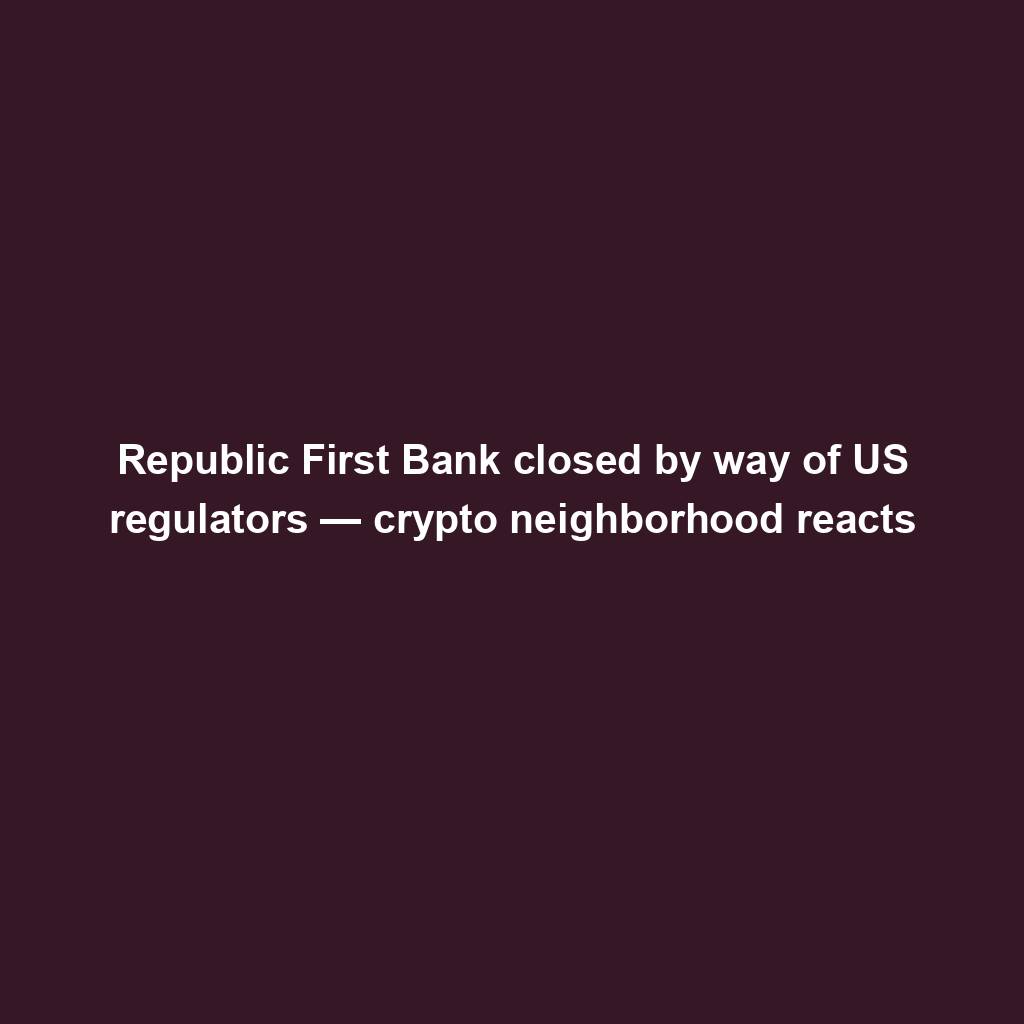
China’s former CBDC leader is beneath executive investigation

Bigger isn’t all the time higher: How hybrid Computational Intelligence development permits smaller language fashions
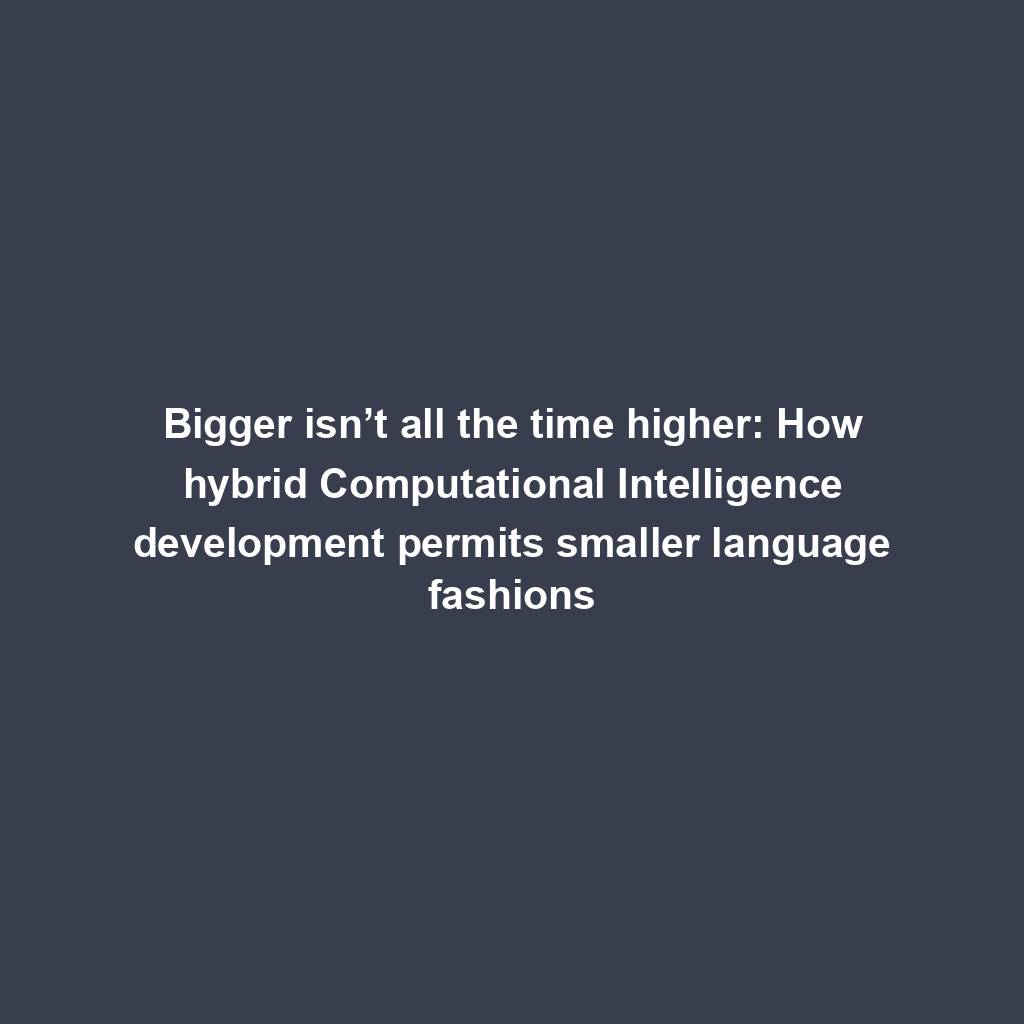
Pantera Capital buys extra Solana (SOL) from FTX
Successful Beta Service release of SOMESING, ‘My Hand-Carry Studio Karaoke App’

SEC sues Bitcoin miner Geosyn Mining for fraud; Bitbot presale nears $3M

Business procedure reengineering (BPR) examples

85% Of Altcoins In “Opportunity Zone,” Santiment Reveals
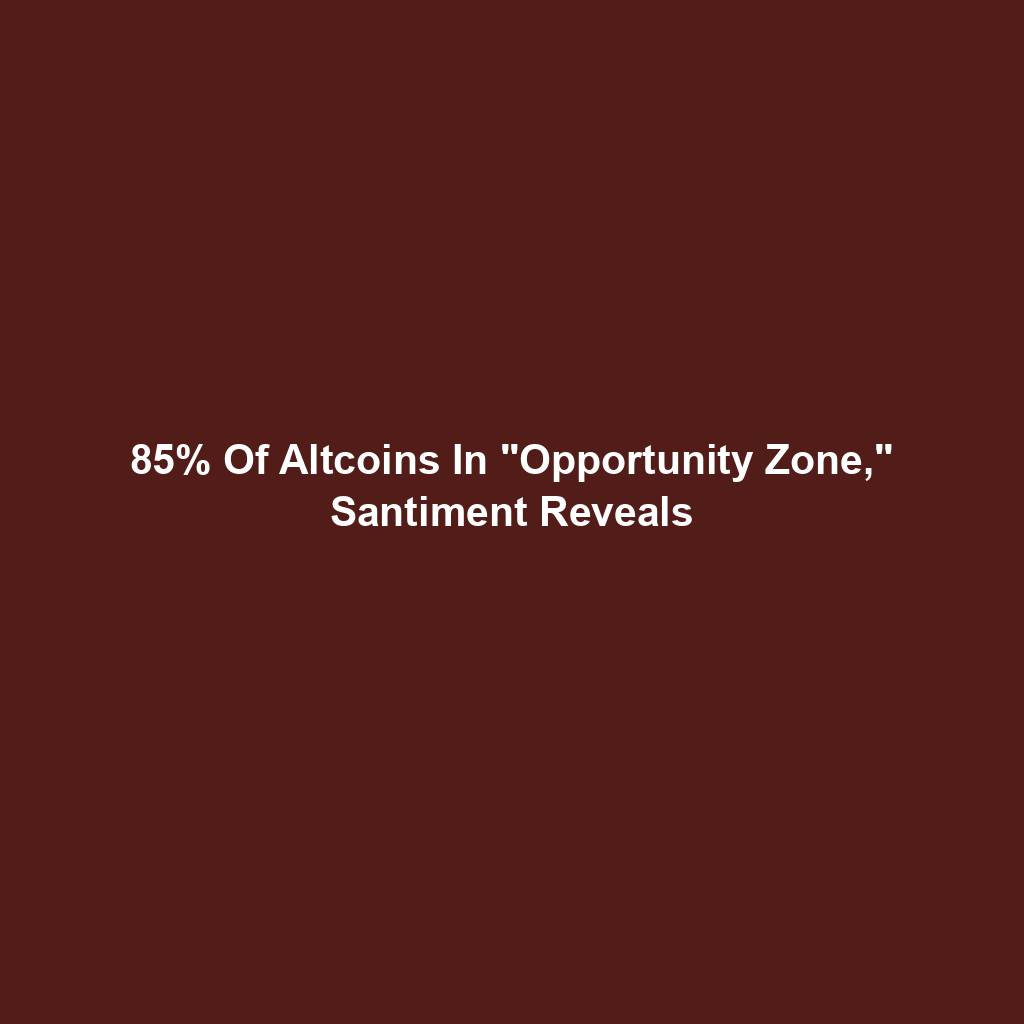
Sam Altman’s Worldcoin eyeing PayPal and OpenAI partnerships
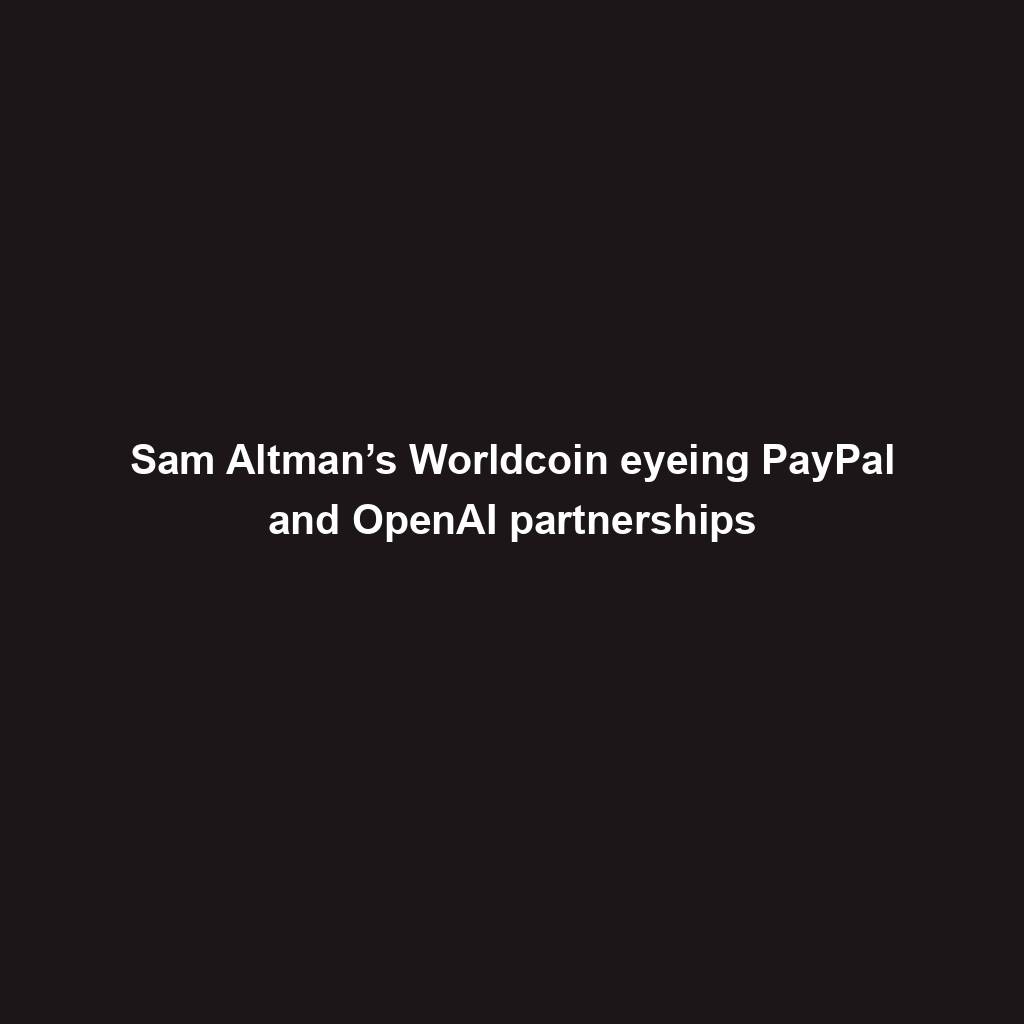
Artificial Intelligence transforms the IT strengthen enjoy
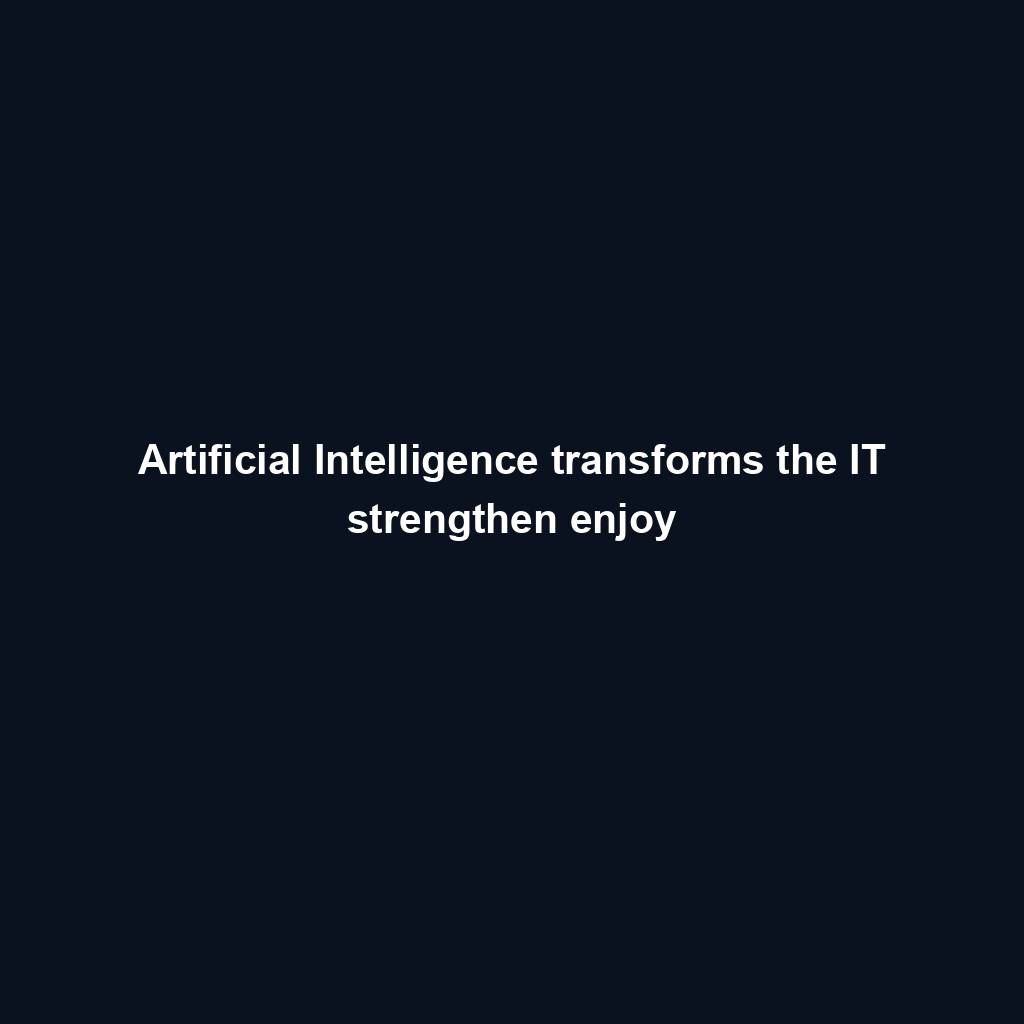
Franklin Templeton tokenizes $380M fund on Polygon and Stellar for P2P transfers
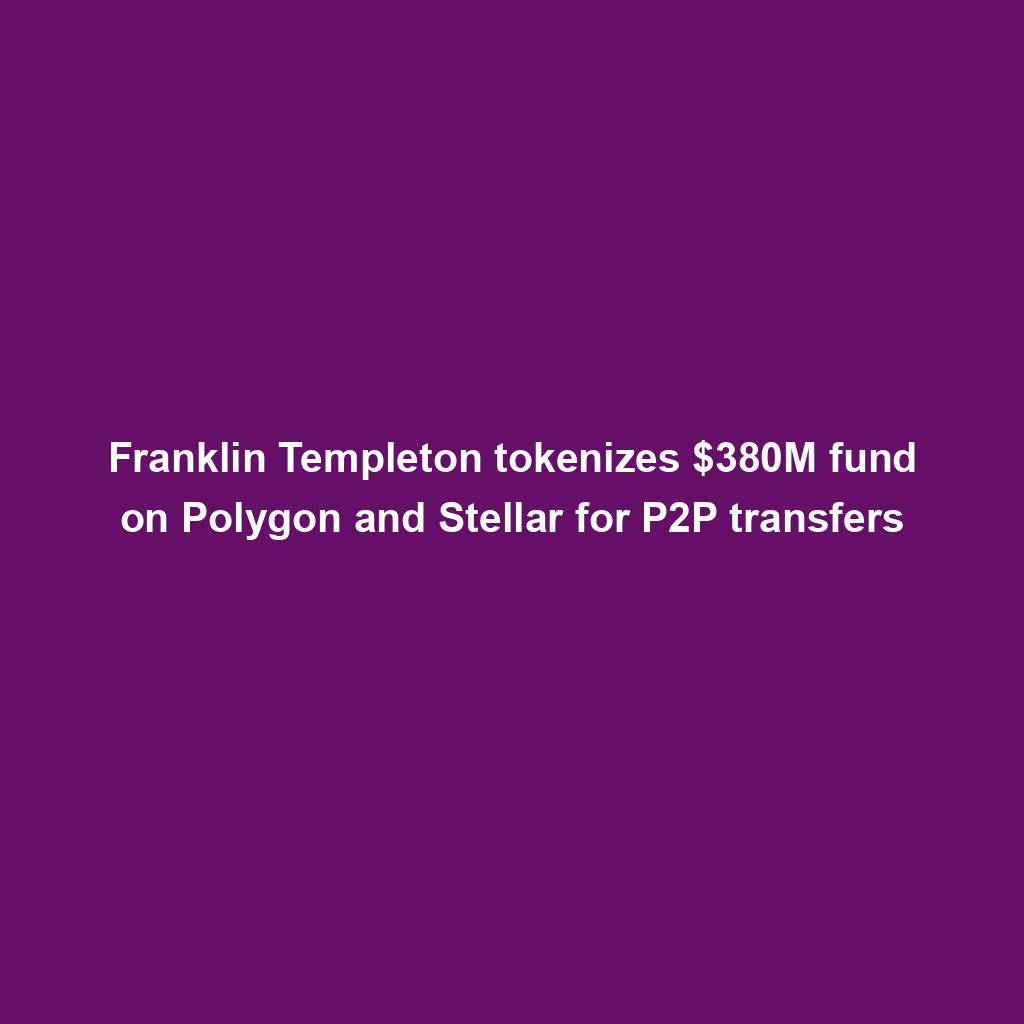
Meta’s letting Xbox, Lenovo, and Asus construct new Quest metaverse {hardware}
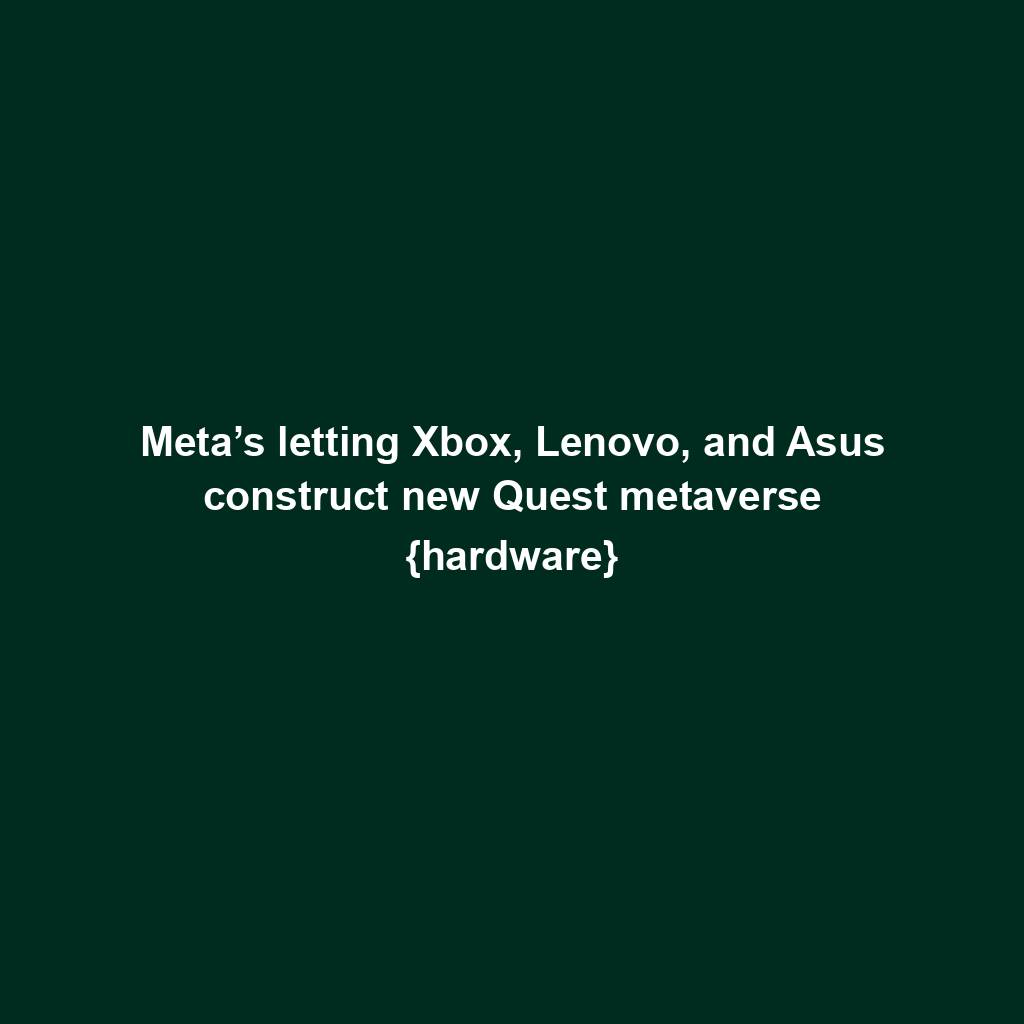
Shiba Inu (SHIB) unveils bold Shibarium plans as Kangamoon steals the display
